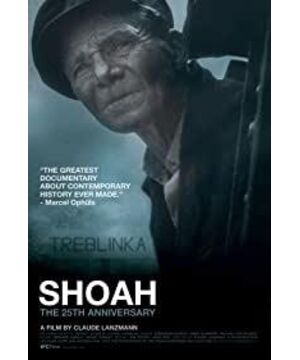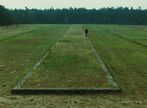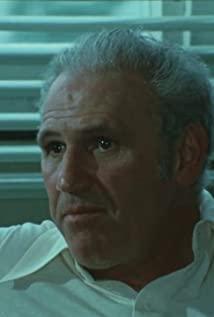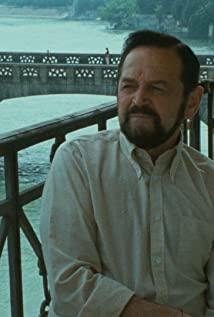How does the "holocaust of the extermination of the Jews" not exist in the image? Many people believe that by looking at the video materials, they have seen how the Jews were executed by the Nazis. But this is just an illusion. In fact, so far, there has not been a picture of Jews being smoked to death in a gas chamber or gas car in the world; there are only two kinds of pictures that are closest: one is that people are ordered to take off their clothes before entering; the other is. A class is a mountain of corpses. This is "thanks to" the Nazis trying their best to cover up the "massive mass execution of Jews." Therefore, death itself is still a blank (it also opens up holes for the deniers of the Holocaust). Over the years, various video materials have deepened this illusion, such as Lei Nai's "Night and Fog". In the film, the "gas chamber murder" is shown rather obscurely, and hints are reached through the arrangement of pictures that do not follow the source of the information. However, later generations have spared no effort in the use of images, and the techniques have become more exposed, so that the source of the pictures and videos is often incorrect. Reina seemed to recognize the limitations and deficiencies of "Night and Fog", so at the beginning of the subsequent "Hiroshima Love" there was the following dialogue about atomic bomb killing:
A: "I saw the wreckage, saw the museum..."
B: "No, you didn't see anything."
This is also the brilliance of "The Holocaust"-it refuses to use any historical images and materials, and the camera directly faces all people who have direct or indirect contact with the gas chamber: survivors, former Nazis, residents living near concentration camps, etc. These people are the most direct and living proof. Oral dictation has become the most powerful way to combat insufficient video evidence. There is a section in the film where the director interviews the hairdresser who used to cut the hair of a person who was preparing to enter the gas chamber (interestingly, this section was arranged by the director: he asked the barber to help people with haircuts). Speaking of uncomfortable feelings, the barber said that he could not go on. The director said at this time: "You must go on!" One more sentence: This film is enough to challenge those who insist that "what you see is more powerful than what you hear." Up. Regarding sound and oral narration, you can refer to books that study the sound of movies to achieve a more comprehensive understanding; Benjamin's classic article "The Storyteller" can also be used as an extended reading. Domestically, Wang Bing ("He Fengming") and Jia Zhangke ("Twenty-Four Cities") have also made this kind of sound exploration consciously.
At the same time, the director gave the sound a special rhythm. Usually when editing B-roll (all non-interview images), the editor will cut the interview sound into a short segment, and add it according to the rhythm that he thinks is effective (such as lengthening the gap between one sentence and the next sentence to extend Pause time). There are also a large number of such passages in "Hero", but these B-rolls feel that they are much longer than usual, and the pauses in speech are longer than normal, giving people a sense of low-voicing poems or monologues. , And every long silence (pause) effectively adds weight to the previous words.
It is no exaggeration to say that "Holocaust" is the closest movie to the "plan of execution of the Jews", of course not only because of its length. So far, "gas chamber execution" can be said to be a forbidden zone in movies; few movies have the courage to face and express this scene. Even "Schindler's List" cleverly played a side ball: Jewish women were sent to Auschwitz, stripped of their clothes and haircut, and then locked up in a dark room; the Nazis told them " This is to take a bath". The audience knows that the Nazis used this excuse to send Jews into the gas chamber to prevent riots. But there was a sudden sound of water in the movie, and it turned out that the Nazis really helped them bathe.
There is so much that can be said about "Havoc", and there are a lot of related books in the school library. It coincided with a domestic film festival showing this film, which attracted a lot of attention. I hope people who see it will think more about this film. This essay is just to start with, and it is considered successful if you can get a small reply.
View more about Shoah reviews









